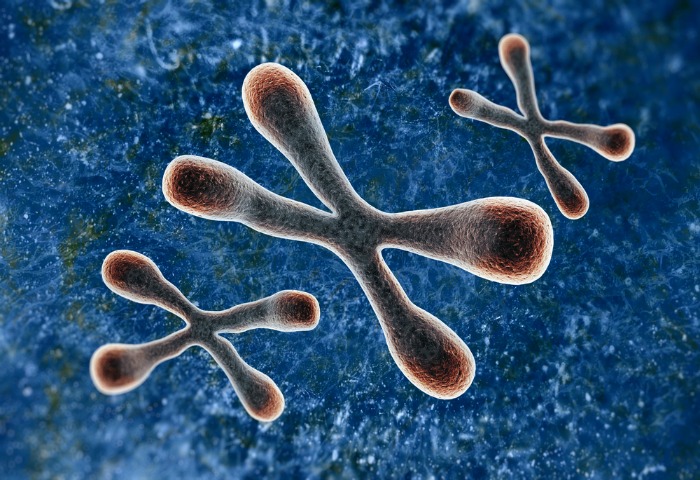USA TODAY
May 12, 2003
By Elizabeth Weise
Advances in research have prompted prominent members of the scientific community once again to question the limits on stem-cell research imposed almost two years ago by President Bush.
Donald Kennedy, editor in chief of Science, says the restrictions on the creation of human embryonic stem-cell lines are not ”sound policy.” His editorial is one of three related articles in the respected journal involving major players in this field, signaling a renewed public debate. At issue is Bush’s statement Aug. 9, 2001, banning the use of federal money for research on human stem-cell lines — colonies of cells from a single embryo — that were created before his speech.
Kennedy says that without the ability to create new stem-cell lines, the USA is likely to lose to other countries its best and brightest researchers in a field that has the potential to cure such scourges as Parkinson’s, diabetes and cancer.
Leon Kass, chairman of the President’s Council on Bioethics, said it would be ”premature to comment” before the council issues its own report. Kennedy notes that although Bush announced that 70 cell lines would be available, only 11 are. And because all of those lines used mouse cells to help them grow, none can be used in human therapy because of concerns about infections and immune responses from the mouse cells.
But since the ban, scientists have learned how to culture human stem cell lines without using mouse cells, Kennedy says. ”We have the capacity to do new things with much better lines, and there is no good scientific and precious little ethical or political reason for sticking to the Aug. 9 ban any more.”
National Institutes of Health director Elias Zerhouni says the therapeutic value for people is still just hypothetical. ”The fact is that there’s no imminent treatment that’s being proposed by anybody anywhere in the world, so that applicability to humans is premature.”
James Battey, chairman of NIH’s Task Force on Stem Cell Research, says the true limiting factor is a lack of scientists with the expertise to do this difficult research — something NIH is working to rectify by funding many training grants.
Finally, a perspective piece by a group Kennedy describes as an ”All-Star dream team” of researchers lays out what is known — precious little, they say — and what remains to be learned.
Ali Brivanlou of Rockefeller University in New York said in an interview that scientists still need to establish with certainty that human embryonic stem cells are capable of becoming any organ in the body, something they know mouse embryonic cells can do.
Human stem cells come from embryos, almost all of which are left over from couples who use in vitro fertilization. A survey by the Society for Assisted Reproductive Technology reported that nearly 400,000 such embryos are stored in cryopreservation facilities in the USA, of which about 11,200 are available for research. Because harvesting the cells destroys the embryo, Bush and others say the practice is immoral. ”We’re opposed to using embryonic stem cells because process of gathering them destroys a human life,” says Jim Sedlak of the American Life League of Stafford, Va.




